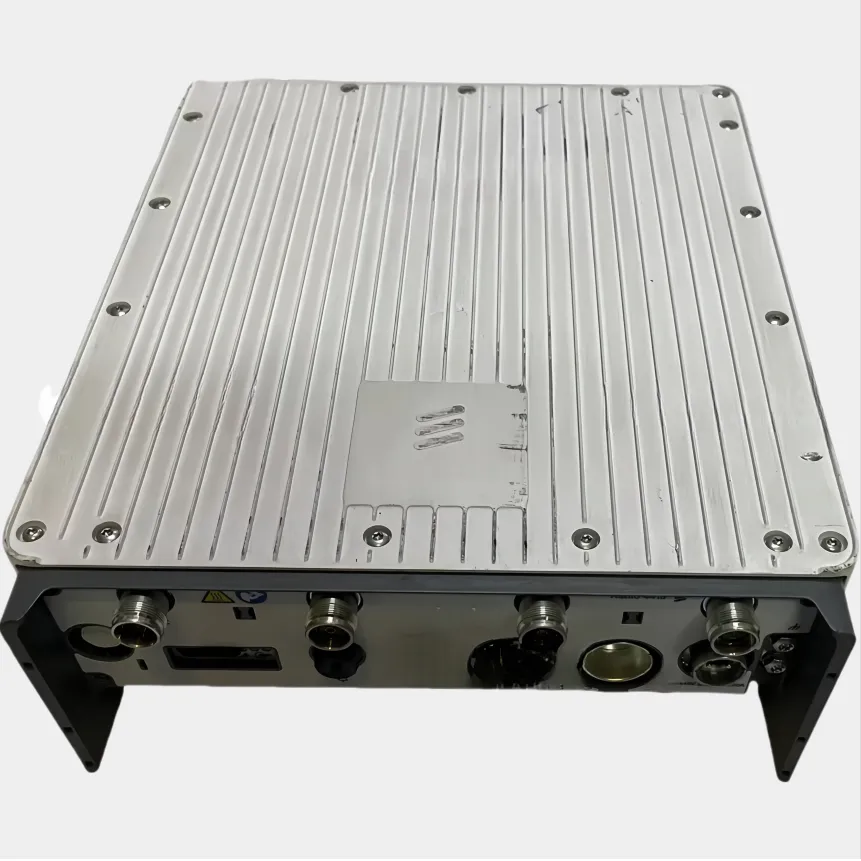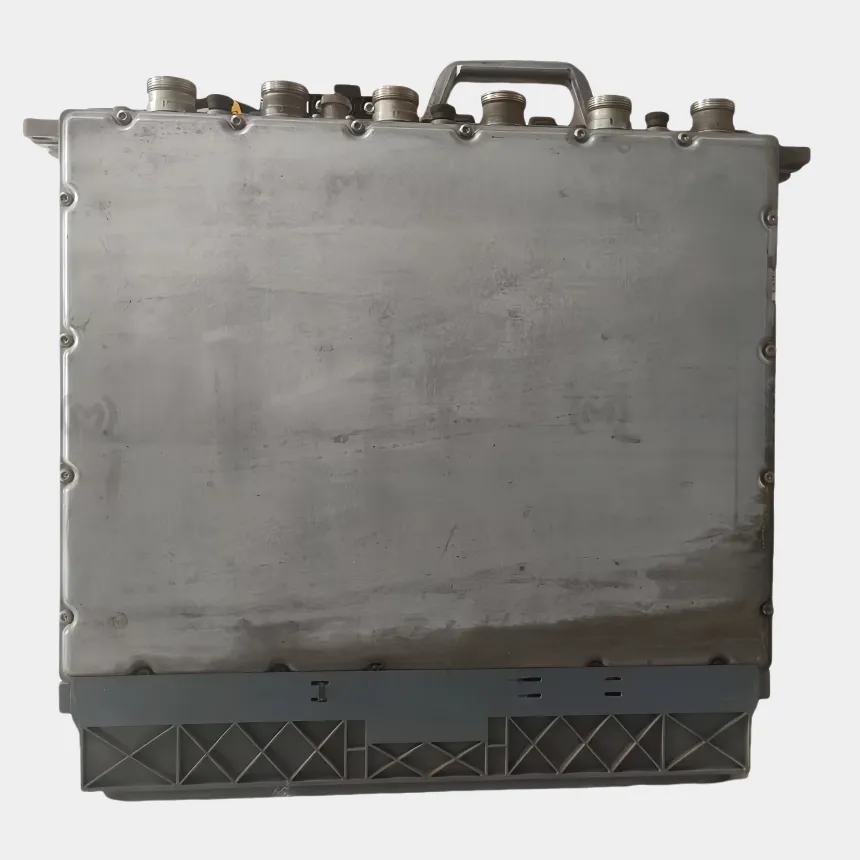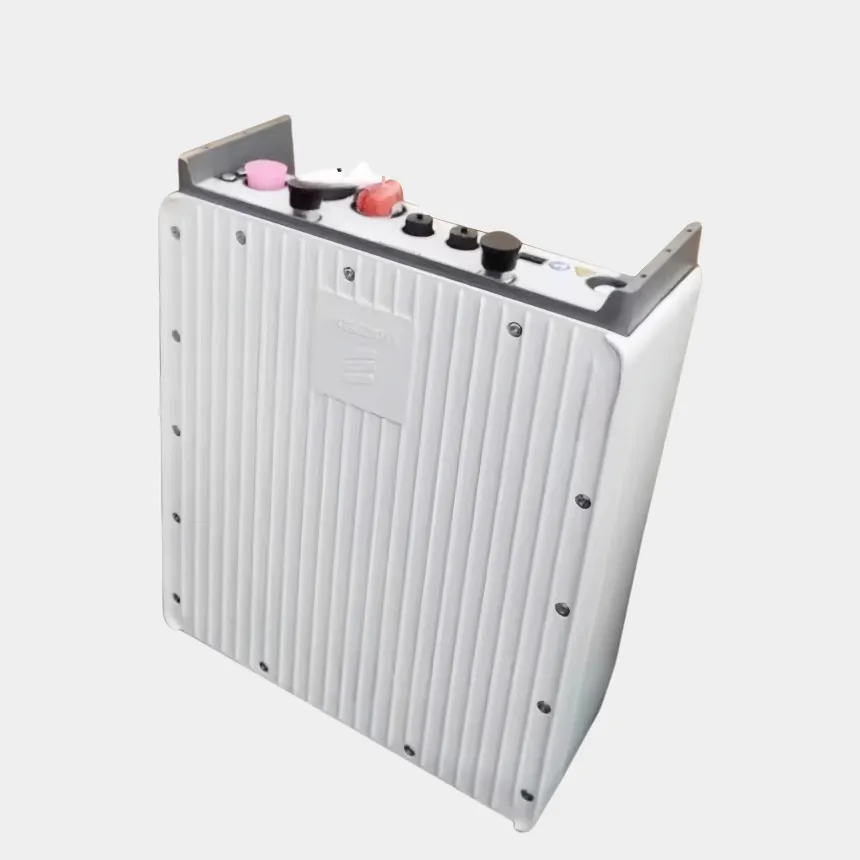Remote monitoring for RRU (Remote Radio Unit) is an advanced technological system that enables real time surveillance and management of RRUs from a centralized location, enhancing network efficiency, reducing operational costs, and minimizing downtime. RRUs are critical components in wireless communication networks, responsible for transmitting and receiving radio signals between the base station and end user devices, and their performance directly impacts network quality. Remote monitoring systems leverage a combination of sensors, communication protocols, and software platforms to collect and analyze key performance data from RRUs, including signal strength, power consumption, temperature, voltage, and error rates. This data is transmitted to a central management dashboard, where network operators can monitor the status of multiple RRUs simultaneously, regardless of their geographical location. One of the primary benefits of remote monitoring is the early detection of potential issues. By continuously tracking performance metrics, the system can identify anomalies such as abnormal temperature spikes, power fluctuations, or signal degradation, which may indicate hardware faults or network congestion. Operators receive instant alerts through notifications, allowing them to investigate and resolve issues proactively before they escalate into major failures that disrupt service. Remote monitoring also facilitates predictive maintenance, where historical performance data is analyzed using machine learning algorithms to predict when an RRU is likely to require maintenance or replacement. This approach reduces the need for manual inspections, which are time consuming and costly, especially for RRUs deployed in remote or hard to access locations such as mountainous areas, rooftops, or cell towers. Additionally, remote monitoring systems provide valuable insights into network usage patterns, enabling operators to optimize resource allocation. For example, if an RRU in a particular area is experiencing high traffic, operators can adjust parameters such as transmit power or channel allocation to balance the load and improve service quality. The system also supports remote configuration of RRUs, allowing operators to update firmware, adjust settings, or troubleshoot issues without needing to be physically present at the site. This not only saves time and travel costs but also enables faster response times to network incidents. In summary, remote monitoring for RRU is a vital tool for modern communication networks, ensuring reliable performance, reducing operational complexity, and enabling network operators to deliver high quality service to end users.


